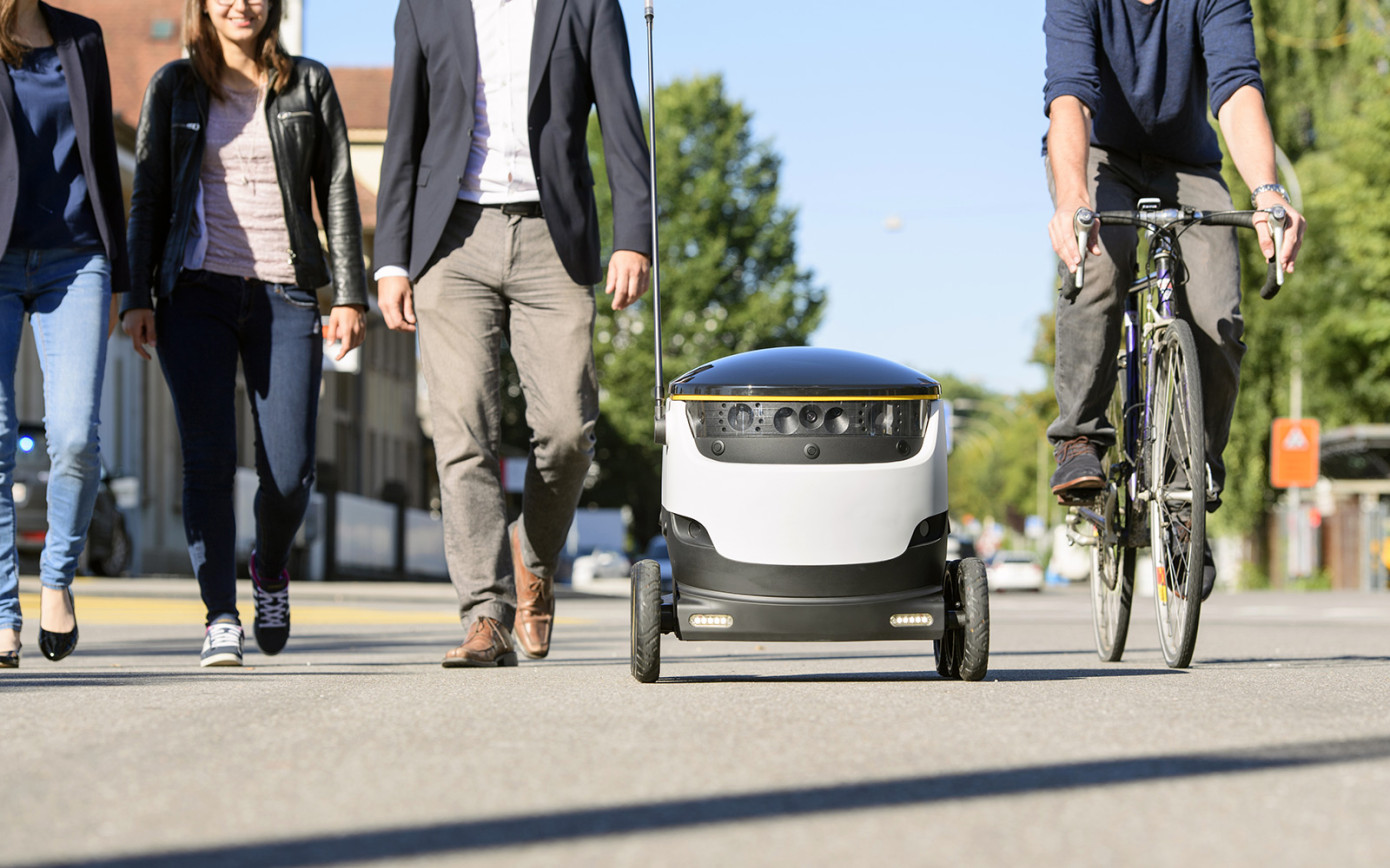
Public Policy for Our Automated Urban Future
mai 7, 2018 — Uncategorized
For techno-optimists, Artificial Intelligence (AI) is the future of cities; needed to build and operate efficient, networked, modern skyspires that effectively use data to improve urban life – the “smart” transparent cities of tomorrow. But the public policy implications of AI aren’t just a science fiction future: they pose urgent present-day challenges to municipal regulations, urban planning, social service allocation, policing, surveillance, transportation, inequality and more.
Critics of “smart cities” models argue that that we need to be more imaginative: rather than building shinier and hopefully more efficient and cost-effective versions of our current urban models, using intrusive (and predominantly private) data collection on residents, we should be taking the time to re-imagine the future of cities and of collective life.
Beyond autonomous vehicles and IoT sensor data, AI is already being tested around the world to conduct automated street surveillance and identification using AI-enabled security cameras, deliver medication by drone, triage access to shelters and supportive housing, manage food chain supply and reduce waste, improve personal vehicle safety (e.g., lane guidance and partially-autonomous parallel parking), assess water quality, and map socio-economic status using satellite imagery trained to identify wealth indicators.
AI has the potential to connect communities further afield to urban resources, such as telehealth and machine learning diagnostics or chatbot access to mental health supports and triage. In some places, AI is being used to prevent the intrusion of development, enabling indigenous communities in Guyana to use drone technology to map their lands and document illegal intrusions (e.g., loggers, miners, settlements etc).
In Canada’s urban tech hubs, the concentration of lucrative AI industry and research, along with other tech sectors, have the potential to drive up cost of living if housing policy isn’t in place to ensure cities remain affordable. And our increasingly networked and populous cities are deep datamines for training algorithms and test beds for adopting new AI-enabled technology.
Despite the scale and magnitude of the potential impact, conversations about AI remain fragmented and governments at all levels face challenges connecting with industry and academia on the edge of technological advances, in recruiting expertise, and in identifying and procuring solutions that could significantly improve government decision-making, operations, and service delivery. Venues like the NewCities Foundation’s Urban AI roundtable are vital spaces for this cross-sector discussion, and for ensuring that policymakers have a direct line of sight into technological advances so that policy can be developed apace with instead of far behind commercial development.
Advances in AI pose an opportunity to truly engage in re-imagining our cities, not as science fiction aspirations, but as a tool for understanding how our cities operate, how we live in them and with each other, and what the future could and should look like. Urban AI is already here, and what we do next could fundamentally change urban life, for better or for worse.
Featured image © Starship Technologies